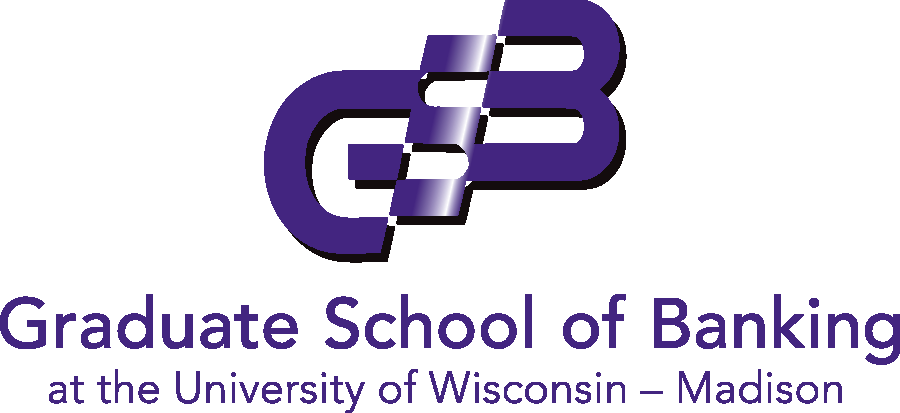4721 S Biltmore Lane
Madison, WI 53718
Home > GSB Online Seminar Series > Commercial Lending – Five Keys to Better Credit Memos and Loan Packages-Sp25
Home > Schools & Programs > Commercial Lending – Five Keys to Better Credit Memos and Loan Packages-Sp25
Purchasing for others?
$330.00
| Date | Pre-Recorded |
|---|---|
| Recording Available Until | 05/20/25 |
| Presenter | Richard Hamm |
| Company | Advantage Consulting & Training |
| Target Audience | assistant relationship managers, branch managers that lend to business owners, commercial lenders, community bankers, Consumer lenders, credit analysts, loan review specialists and others involved in business and commercial lending, portfolio managers, private bankers, small business lenders, special assets officers |
| Duration | 90 minutes |
It has been said that nothing exposes the intellectual abilities of a loan officer like a credit write-up, because writing is a reflection of thinking. And not just for loan officers, but for credit analysts, portfolio managers and others that deal with business and commercial loans.
Many facets of lending are difficult to explain, especially when put into writing. This program is centered around basic writing principles, but applied to lending. It explores the process using five Ps. Within the thought process and planning, there are two Ps: (1) Purpose and (2) preparation. Within “getting it done” there are three more Ps: (3) Putting it all together, (4) Polish and (5) Pizzazz:
4721 S Biltmore Lane
Madison, WI 53718
We use cookies to enhance your experience on our website. By clicking "Accept," you agree to the storing of cookies on your device to analyze site usage, enhance site navigation, and assist in our marketing efforts. If you do not wish to accept all cookies, you can manage your preferences by clicking "Deny." For more detailed information about the cookies we use, see our Cookies Policy.

| Thank you for Signing Up |
